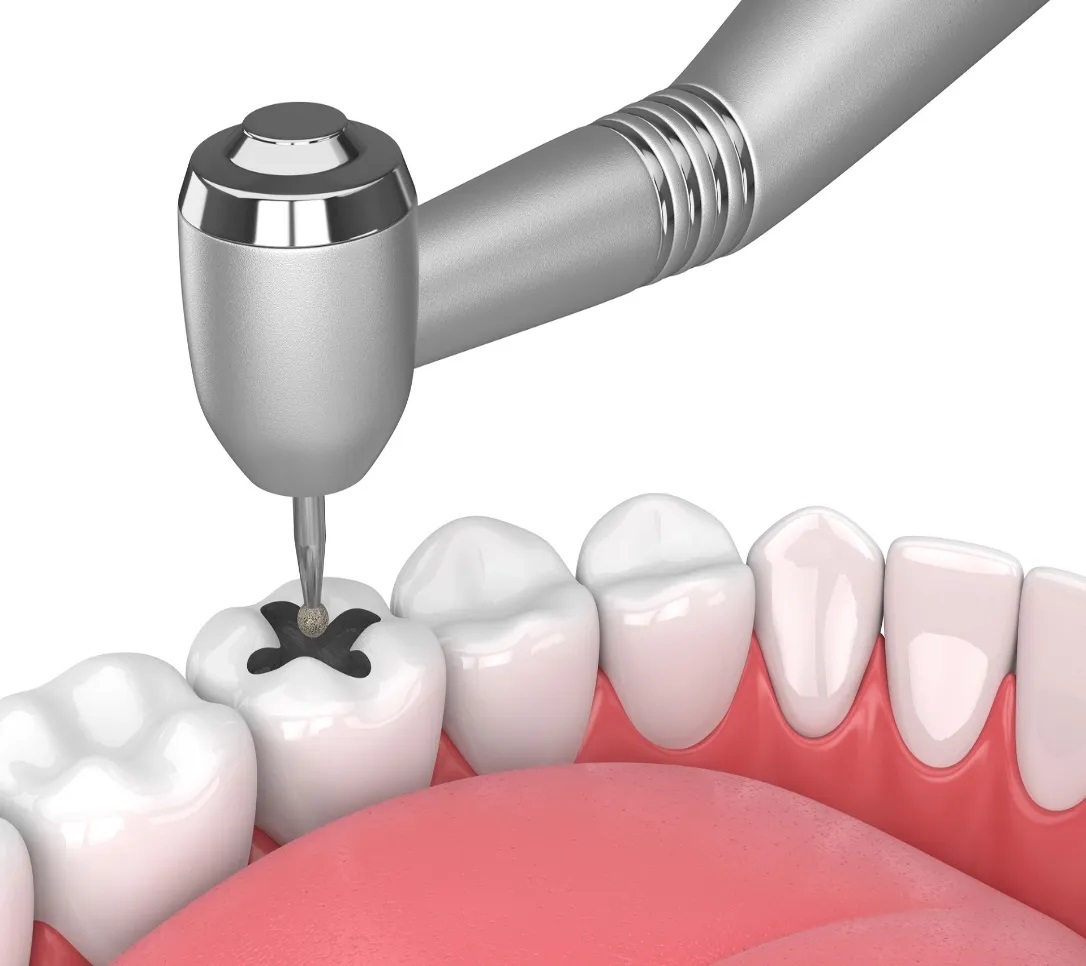
Experiencing tooth sensitivity after a dental filling is a common concern. While it can be uncomfortable, sensitivity typically resolves on its own. Understanding why sensitivity occurs and what to do about it can help ease any worries. Here’s what you need to know about post- dental filling( حشو الأسنان) tooth sensitivity and how to manage it effectively.
Common Causes of Tooth Sensitivity After a Filling:
Several factors can contribute to tooth sensitivity after a filling. Here are the most common reasons:
Nerve Irritation:
When a cavity is filled, the process can irritate the nerve inside the tooth. This irritation may cause temporary sensitivity, especially to hot or cold foods and drinks.
High Filling:
If the filling is slightly higher than the surrounding tooth structure, it can create extra pressure when you bite or chew. This uneven bite can lead to sensitivity until the filling is adjusted.
Material Sensitivity:
Some people are more sensitive to certain filling materials, such as composite resin or metal amalgam. The interaction between the tooth and the material may cause mild discomfort.
Tooth Structure Removal:
During the filling procedure, some of the natural tooth structure is removed. This can expose the dentin, a layer underneath the enamel that contains tiny nerve endings, leading to increased sensitivity.
Inflammation:
Inflammation in the surrounding gum tissue or tooth structure can occur due to the drilling and cleaning process. This inflammation can cause temporary sensitivity until the area heals.
How Long Does Post-Filling Sensitivity Last?
In most cases, sensitivity after a filling is temporary. It typically lasts a few days to a couple of weeks. If the sensitivity is due to a high filling or other complications, it may persist until adjustments are made.
Factors that influence how long sensitivity lasts include:
- The size and depth of the filling
- The type of material used
- Individual sensitivity levels
If sensitivity continues beyond two weeks or worsens over time, it may indicate a more serious issue that requires attention.
Types of Sensitivity to Watch For:
Being aware of different types of sensitivity can help you identify potential issues:
- Temperature Sensitivity: Discomfort when consuming hot, cold, or sweet foods and drinks is common after a filling.
- Biting Sensitivity: Pain or discomfort when biting down may suggest a high filling or other bite issues.
- Lingering Sensitivity: If sensitivity persists long after the stimulus is removed, it may indicate an underlying problem, such as nerve damage or an infection.
Tips for Managing Sensitivity After a Filling:
Fortunately, there are several ways to manage tooth sensitivity and promote healing after a filling:
Use Desensitizing Toothpaste:
Desensitizing toothpaste can help block pain signals from the nerve to the brain. Use it regularly to reduce sensitivity over time.
Avoid Trigger Foods and Drinks:
Limit exposure to hot, cold, acidic, or sugary foods and beverages until sensitivity subsides.
Chew Gently:
Try chewing on the opposite side of your mouth to minimize pressure on the affected tooth. Avoid hard or sticky foods that could irritate the filling.
Practice Good Oral Hygiene:
Maintaining proper oral hygiene can help prevent further irritation. Brush gently with a soft-bristled toothbrush and floss carefully to avoid disturbing the filling.
Rinse with Warm Salt Water:
A warm salt water rinse can help reduce inflammation and promote healing around the affected tooth.
Over-the-Counter Pain Relievers:
If needed, over-the-counter pain relievers can help manage discomfort. Follow the recommended dosage instructions for safe use.
When to Seek Help:
While mild sensitivity is normal, certain signs may indicate the need for professional attention:
- Persistent Sensitivity: If sensitivity lasts longer than two weeks or worsens, it could indicate an issue with the filling or tooth.
- Sharp Pain: Severe or sharp pain may suggest a cracked filling, high bite, or nerve involvement.
- Swelling or Fever: Swelling, fever, or pus may indicate an infection that requires immediate treatment.
Don’t hesitate to contact a dental professional if you experience any of these symptoms.
Preventing Sensitivity After Future Fillings:
While it’s not always possible to avoid sensitivity entirely, certain steps can help reduce the risk:
- Discuss Material Options: Talk to your dental provider about the best filling materials for your needs and sensitivities.
- Proper Bite Adjustment: Ensure the filling is properly shaped and aligned with your natural bite.
- Good Oral Hygiene: Preventing cavities through regular brushing, flossing, and dental checkups can reduce the need for extensive fillings, which may lower sensitivity risk.
Final Thoughts:
Tooth sensitivity after a dental filling( حشو الأسنان) is a common but temporary issue for many people. By understanding the causes and taking steps to manage discomfort, you can ensure a smooth recovery. If sensitivity persists or worsens, seeking prompt care will help address any underlying problems and keep your smile healthy and pain-free.







